Microsoft word - in b5 2012.docx
Annual Report of Quality Improvement Organization (QIO) Indiana – Health Care Excel The template below was provided to Health Care Excel, the Indiana Quality Improvement Organization (QIO), by the Centers for Medicare & Medicaid The information in red represents data supplied to the QIO by CMS. The information in blue represents information entered by the Indiana QIO. I.
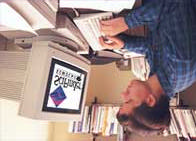 Introduction to Searching
Introduction to Searching 

 substance
substance 
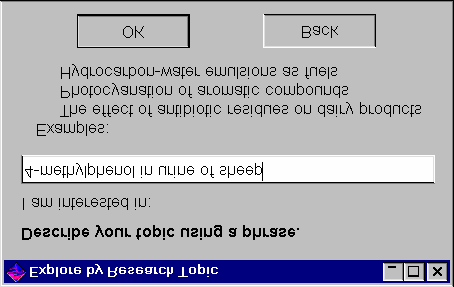
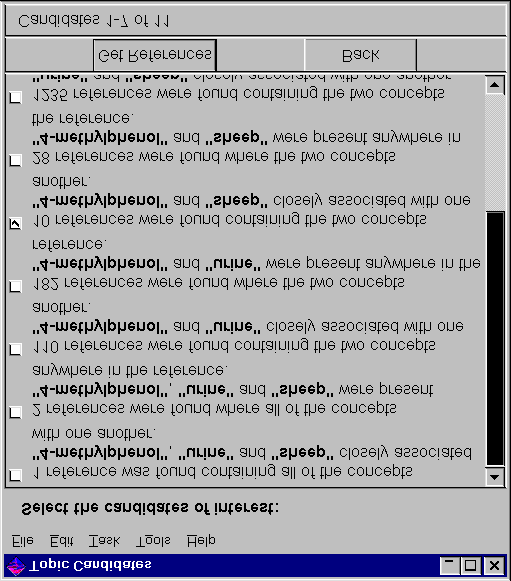 Explore by Research Topic
Explore by Research Topic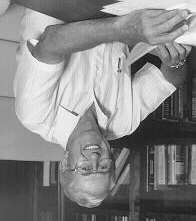 Exercise 4
Exercise 4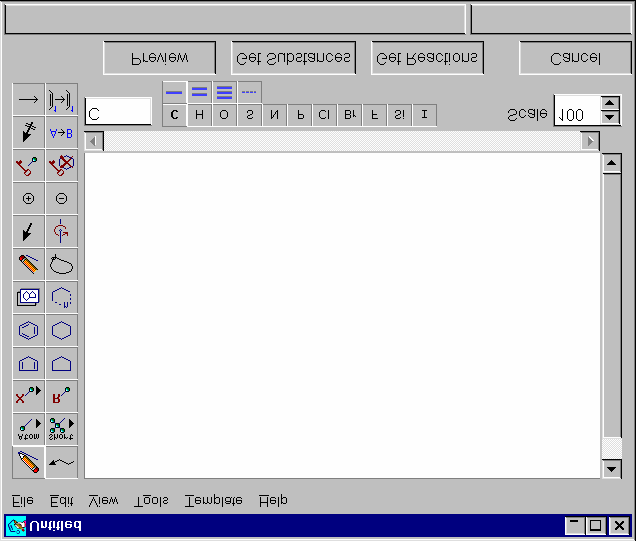 Exercise 7
Exercise 7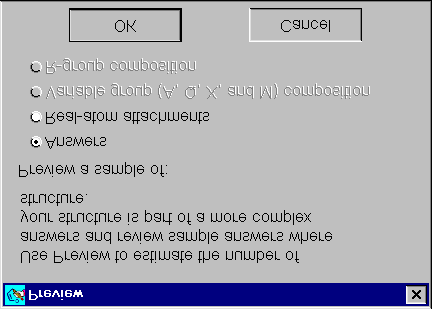

 Searching Structures: Options
Searching Structures: Options

 Using research topics to refine references
Using research topics to refine references